 Today is the day. Vote411.org for information.
Today is the day. Vote411.org for information.
“The major problem—one of the major problems, for there are several—one of the many major problems with governing people is that of whom you get to do it; or rather of who manages to get people to let them do it to them.
To summarize: it is a well-known fact that those people who must want to rule people are, ipso facto, those least suited to do it.
To summarize the summary: anyone who is capable of getting themselves made President should on no account be allowed to do the job.”
― Douglas Adams, The Restaurant at the End of the Universe
Toni Morrison said, “The function of freedom is to free someone else.”
“If you are bored and disgusted by politics and don’t bother to vote, you are in effect voting for the entrenched Establishments of the two major parties, who please rest assured are not dumb, and who are keenly aware that it is in their interests to keep you disgusted and bored and cynical and to give you every possible reason to stay at home doing one-hitters and watching MTV on primary day. By all means stay home if you want, but don’t bullshit yourself that you’re not voting. In reality, there is no such thing as not voting: you either vote by voting, or you vote by staying home and tacitly doubling the value of some Diehard’s vote.”
― David Foster Wallace, Up, Simba!
Franklin D. Roosevelt said, “Nobody will ever deprive the American people of the right to vote except the American people themselves and the only way they could do this is by not voting.”
“Too many people fought too hard to make sure all citizens of all colors, races, ethnicities, genders, and abilities can vote to think that not voting somehow sends a message.” ― Luis Gutierrez
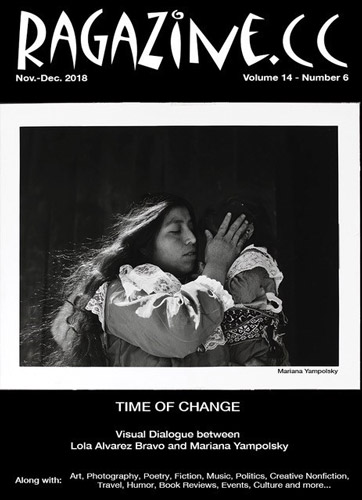
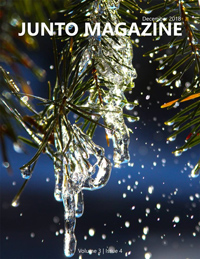


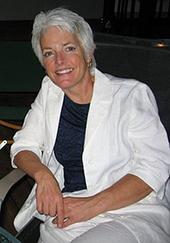 “Alabama for Beginners,” Jean Ryan’s featured essay in a recent issue of
“Alabama for Beginners,” Jean Ryan’s featured essay in a recent issue of 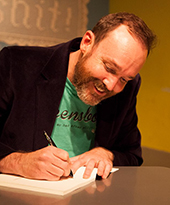 The Greensboro Review
The Greensboro Review After twenty-six years as editor-in-chief of
After twenty-six years as editor-in-chief of 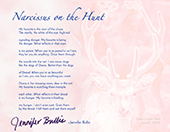 With each new issue of its online poetry journal,
With each new issue of its online poetry journal, 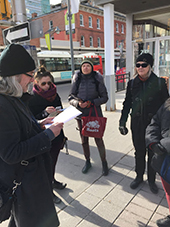 Approached by Canada’s
Approached by Canada’s 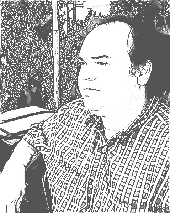 . . . I wonder if
. . . I wonder if The December issue of
The December issue of 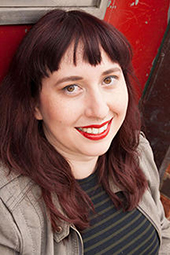 In her editorial to
In her editorial to 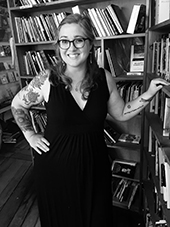 In collaboration with
In collaboration with 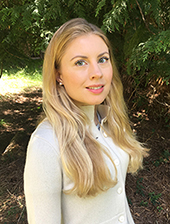 Issue 204 of
Issue 204 of 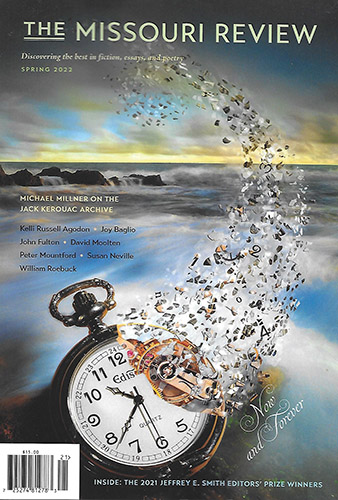 From Speer Morgan’s “
From Speer Morgan’s “ The Fall 2018 issue of
The Fall 2018 issue of 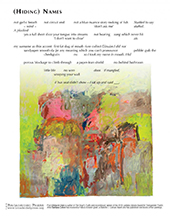 A
A 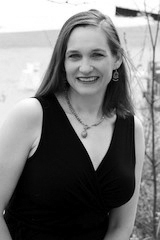 The Fall/Winter 2018 issue of
The Fall/Winter 2018 issue of 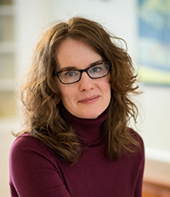 Heading down its home stretch,
Heading down its home stretch, 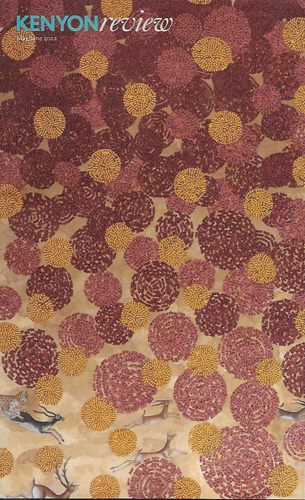 The November/December 2018 issue of
The November/December 2018 issue of 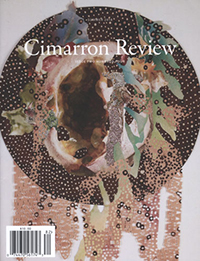 Mary A. Johnson’s “Staurozoanastic Cavity” (2017) is featured on the cover of the
Mary A. Johnson’s “Staurozoanastic Cavity” (2017) is featured on the cover of the 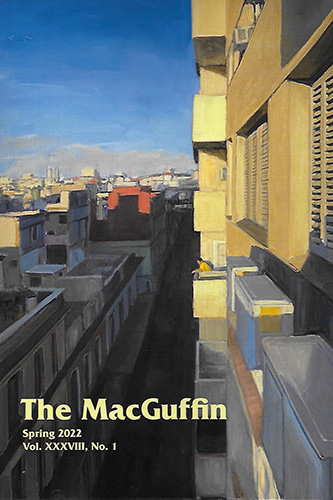

 The December 2018 issue of Poetry Magazine features the
The December 2018 issue of Poetry Magazine features the 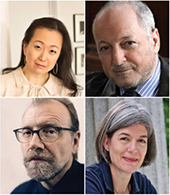 Until November 29,
Until November 29,  Winner of the Poetry Award
Winner of the Poetry Award “Cadets are keen observers of social cues from their professors, retracting behind the protective formalities of rank at the first whiff of ‘agenda,’ regardless of its political stripe. It’s easy enough, and they have little social capital invested in the humanities. Nor do they know many people who do. . . . Unlike most of us, though, Cadets will flat-out ask in public how reading poems matters to future practitioners of their trade.
“Cadets are keen observers of social cues from their professors, retracting behind the protective formalities of rank at the first whiff of ‘agenda,’ regardless of its political stripe. It’s easy enough, and they have little social capital invested in the humanities. Nor do they know many people who do. . . . Unlike most of us, though, Cadets will flat-out ask in public how reading poems matters to future practitioners of their trade.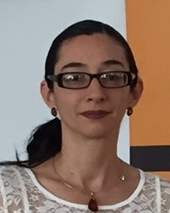 “A Writer-Photographer’s Poignant Essay about Smelter Town” by William Crawford
“A Writer-Photographer’s Poignant Essay about Smelter Town” by William Crawford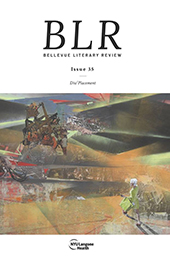 Bellevue Literary Review
Bellevue Literary Review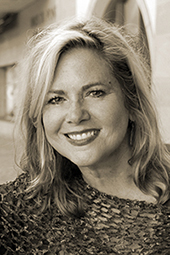 WINNER
WINNER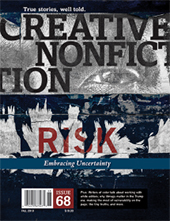 In his introduction the the Fall 2018 issue of
In his introduction the the Fall 2018 issue of 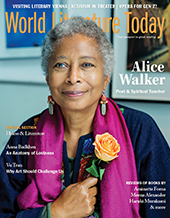 “And the question is why are people so numb? I think they are awakening, and I’m very happy about that. But awakening has been so slow. And that’s the dark age. People are having a hard time gaining knowledge and wisdom. The educational systems are completely unreliable and full of land mines for most people. So, yes, it is a dark age, and you can only hope people will come out of it, but they have to turn off gadgets and start to talk to people. And the time is very short.”
“And the question is why are people so numb? I think they are awakening, and I’m very happy about that. But awakening has been so slow. And that’s the dark age. People are having a hard time gaining knowledge and wisdom. The educational systems are completely unreliable and full of land mines for most people. So, yes, it is a dark age, and you can only hope people will come out of it, but they have to turn off gadgets and start to talk to people. And the time is very short.” Today is the day.
Today is the day. 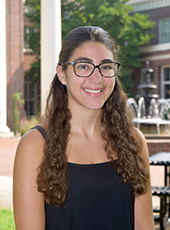 The Pablo Neruda Prize in Poetry
The Pablo Neruda Prize in Poetry